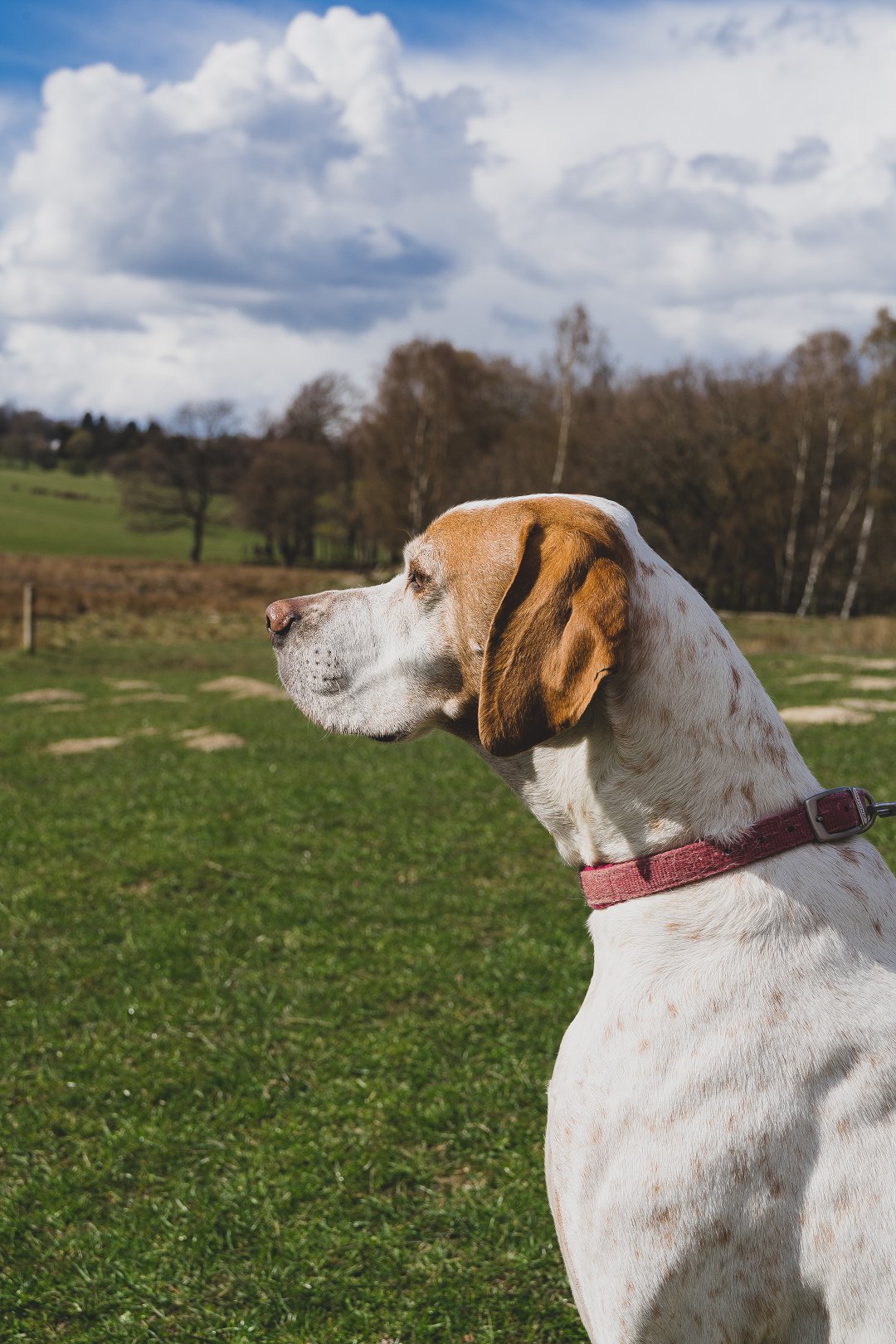Table of Contents
- 1 Introduction: Understanding the Growth Stages of Beagles: From Puppies to Full-Grown Adults
- 2 Factors Influencing the Size of Beagles: Unraveling the Genetic Puzzle
- 3 What is Considered a Normal Size for Beagles? Debunking Size Myths and Misconceptions
- 4 FAQs About: how big will a beagle get
- 4.1 How big do Beagles typically grow?
- 4.2 At what age do Beagles stop growing?
- 4.3 there a size chart or guide for Beagles?
- 4.4 How can I estimate the adult size of my Beagle puppy?
- 4.5 Are there significant differences in size between male and female Beagles?
- 4.6 Can a Beagle’s size be influenced by its diet and exercise?
Introduction: Understanding the Growth Stages of Beagles: From Puppies to Full-Grown Adults
Have you ever wondered how big will a beagle get? If you’re considering adding a beagle to your family, it’s natural to be curious about their size and growth. In this article, we will delve into the different stages of a beagle’s growth, from adorable puppies to full-grown adults, and explore the factors that influence their size. Understanding the growth stages of beagles is essential for providing them with the proper care and ensuring their well-being. So, let’s unravel the genetic puzzle and debunk any myths or misconceptions surrounding beagle size. By the end, you’ll have a clear understanding of what is considered a normal size for beagles.
When it comes to beagle size, genetics play a significant role. The size of a beagle is determined by a combination of factors, including their genes, lineage, and overall health. While there is no one-size-fits-all answer to how big a beagle will get, we can look at the average size range to get an idea. Beagles typically reach their full height and length by the time they are one year old, but their weight may continue to increase until they are around two years old. In the next section, we will explore the various factors that influence the size of beagles, unraveling the genetic puzzle further and shedding light on this intriguing topic.
Factors Influencing the Size of Beagles: Unraveling the Genetic Puzzle
When it comes to determining the size of a beagle, there are several factors that come into play. Understanding these factors can help you predict how big your beagle will get and what to expect as they grow. Let’s delve into the genetic puzzle behind beagle size.
1. Genetics
Genetics play a significant role in determining the size of a beagle. The genes passed down from the parents to the offspring can influence the growth and development of the dog. Breeders often consider the size of the parents when breeding beagles to ensure a certain size range in the offspring. However, it’s important to note that genetics can be unpredictable, and there can be variations within a litter.
2. Gender
Gender is another factor that can affect the size of a beagle. Generally, male beagles tend to be slightly larger than females. Males can reach a height of around 13-15 inches at the shoulder and weigh between 22-25 pounds, while females are typically slightly smaller, measuring around 12-14 inches and weighing between 20-23 pounds. However, these are just averages, and there can be variations within each gender.
3. Nutrition and Exercise
Proper nutrition and exercise also play a crucial role in determining the size of a beagle. Providing a well-balanced diet and ensuring regular exercise can help maintain a healthy weight and promote proper growth. Overfeeding or lack of exercise can lead to obesity, which can affect the overall size and health of a beagle.
4. Health Conditions
Certain health conditions can also impact the size of a beagle. For example, hormonal imbalances or thyroid issues can affect growth and result in a smaller or larger beagle than average. It’s important to monitor your beagle’s health and consult with a veterinarian if you have concerns about their size.
In conclusion, the size of a beagle is influenced by a combination of genetic factors, gender, nutrition, exercise, and potential health conditions. While genetics and gender set a foundation for the size range, proper care and monitoring can help ensure that your beagle achieves their full potential size. Remember to provide a healthy diet, regular exercise, and seek veterinary advice when necessary to promote optimal growth and development in your beagle.
Next, let’s debunk common myths and misconceptions about what is considered a normal size for beagles.
What is Considered a Normal Size for Beagles? Debunking Size Myths and Misconceptions
When it comes to beagles, one of the most common questions that potential owners have is, “How big will a beagle get?” Understanding the normal size range for this breed is important in order to ensure that you are prepared for the size and weight of your furry friend.
Factors Influencing Beagle Size
Before we dive into the normal size range for beagles, it’s important to understand the factors that can influence their size. These factors include:
- Genetics: Just like humans, beagles inherit certain traits from their parents. The size of a beagle’s parents can give you a good indication of how big your beagle will get.
- Nutrition: Proper nutrition plays a crucial role in a beagle’s growth and development. A well-balanced diet can help ensure that your beagle reaches its full potential size.
- Exercise: Regular exercise is important for a beagle’s overall health and can also impact their size. Adequate exercise helps prevent obesity, which can affect a beagle’s weight.
Normal Size Range for Beagles
While every beagle is unique and may vary slightly in size, there is a general size range that is considered normal for this breed. Here’s what you can expect:
- Height: Beagles typically stand between 13 to 15 inches tall at the shoulder. However, some beagles may be slightly shorter or taller.
- Weight: Beagles usually weigh between 20 to 30 pounds. Again, there may be some individual variation, but this is the average weight range for adult beagles.
Debunking Size Myths and Misconceptions
There are several myths and misconceptions surrounding the size of beagles. Let’s debunk a few of them:
- Myth: Beagles will continue to grow indefinitely. While beagles do go through a growth stage during their puppyhood, they typically reach their full adult size by around one year of age.
- Myth: Male beagles are always larger than females. While it’s true that male beagles may be slightly larger on average, there are plenty of female beagles that are just as big or even bigger than their male counterparts.
- Myth: The size of a beagle’s paws determines their final size. The size of a beagle’s paws does not necessarily indicate how big they will get. It’s more important to consider their overall growth rate and body proportions.
By understanding the normal size range for beagles and debunking common size myths, you can have a better idea of what to expect when it comes to the size of your furry friend. Remember, every beagle is unique, so embrace their individuality and enjoy watching them grow!
FAQs About: how big will a beagle get
How big do Beagles typically grow?
Beagles typically reach a height of 13-15 inches and weigh between 20-30 pounds when fully grown.
At what age do Beagles stop growing?
Beagles usually reach their full height and weight between the ages of 9 months and 1 year. However, they may continue to fill out and mature until around 2 years of age.
there a size chart or guide for Beagles?
Yes, there are size charts available that provide a general range of Beagle sizes based on their age and weight. These charts can be helpful in estimating the growth of your Beagle.
How can I estimate the adult size of my Beagle puppy?
While it’s not possible to predict the exact size of your Beagle puppy, you can get an idea by looking at the size of its parents. Beagles tend to inherit their size traits from their parents, so observing their dimensions can give you a rough estimate.
Are there significant differences in size between male and female Beagles?
Typically, male Beagles are slightly larger than females in terms of height and weight. However, the difference is usually minimal and may not be noticeable to the average observer.
Can a Beagle’s size be influenced by its diet and exercise?
A Beagle’s size is primarily determined by genetics, but diet and exercise can play a role in maintaining a healthy weight. Providing a balanced diet and regular exercise can help prevent excessive weight gain and keep your Beagle in good shape.






Leave a Reply